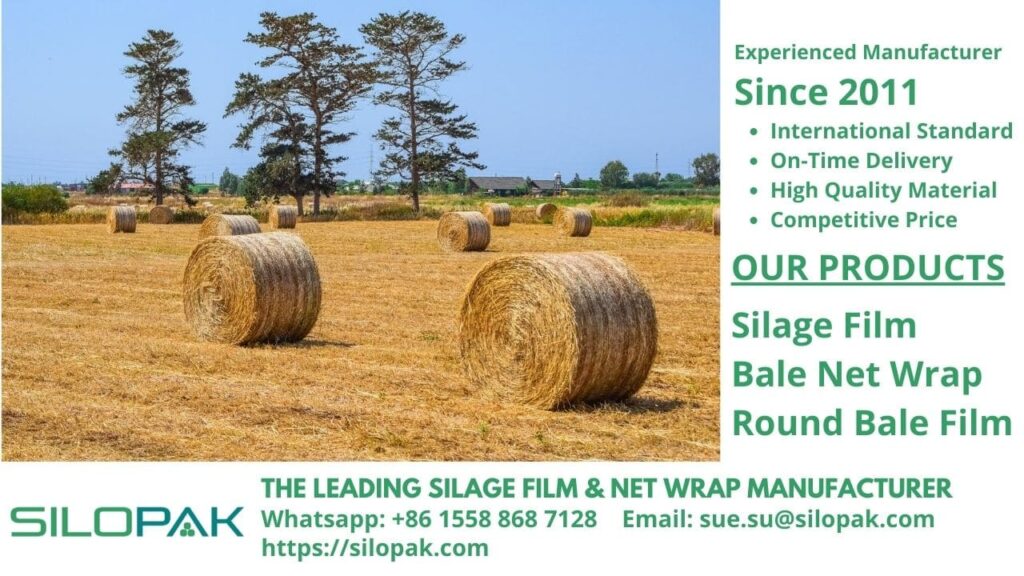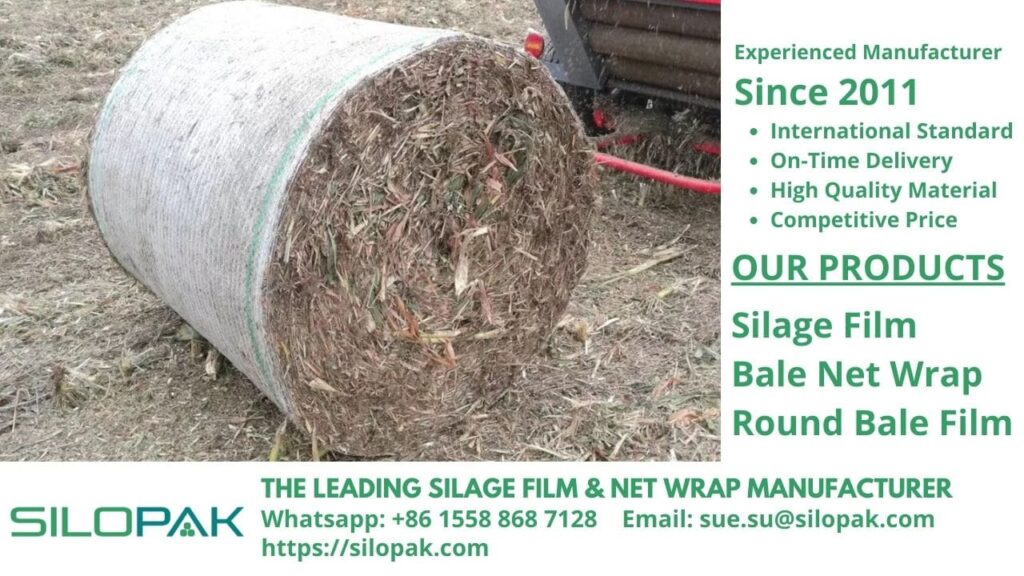Sorghum Fodder is fodder made of sorghum. The plant is known by many names in different places. In English, it’s called broomcorn, durra, great millet, milo, grain sorghum, and forage sorghum. Its Latin name is sorghum bicolor, and it has several different synonyms, with Sorghum Vulgare being the most common.
Sorghum Fodder is one way of utilizing the plant as it can also be grown to harvest its grain. Some sorghum varieties are grown specifically for any of the two usages, but there is also another type that can work both ways. Sorghum is of the grass family. It grows upward at the height of up to 5 meters.
Sorghum has adventitious roots, the system of which can spread over the top layer of soil at a depth range of 90 cm to twice as deep. Sorghum culms stand erect and solid. Its leaves are similar to those of maize but are much broader and shorter too.

contents
Typical Sorghum Varieties for Sorghum Fodder
Sorghum Fodder can be prepared using any one of the following groups:
Grain Sorghums
The plant can be fed to the animals right away or be given the straws or stubble following harvesting.
Sweet Sorghums
The name comes from the sweet juice contained within the stems. Sweet sorghums can also be turned into silage.
Sudangrass
Sudan grass is gaining popularity to make green fodder in developing countries.
Brown Midrib Sorghums
This variety is engineered for the sole purpose of making forage.
Sorghum Fodder is largely enjoyed by most ruminants. The grass is highly resistant to drought. It is also capable of growing in places where maize is not due to high temperatures and dryness.
Sorghum Fodder is common in areas where the grass grows extensively. Sorghum originally comes from East Africa, with Ethiopia being the alleged specific point of origin. However, the plant was also found cultivated in India and Assyria at least since 700 BC. The grass would then be introduced from Africa to the USA at the beginning of the 17th century. It is now spread anywhere from the USA to Russia. Its tolerance to drought can be attributed to its root system.
The grass is better in its performance compared to maize against drought; while maize can’t withstand semi-arid areas and is stress-prone, sorghum can. Salt accumulating in the soil may halt germination, but the sweet sorghum varieties of sorghum are also tolerant to salt. It is also tolerant to waterlogging to some extent but can’t stand against frost and continuous flooding. Some weeds may attach themselves to the roots of sorghum, disturbing the host’s growth.
Sorghum Fodder Management
Sorghum Fodder management is important in producing high-quality yields. The annual yield of sorghum can reach 20 tons per hectare, but the number can go upward to 75 tons per hectare given optimal conditions. Though it can stand heavy grazing, it’s not advised to graze sorghum that’s still less than 15 cm to ensure good regrowth. New shoots are high in hydrogen cyanide content, so it’s advisable to graze the grass once they are at least 45 cm tall. The ideal height range for grazing would be 1-1.5 meters.
Types of Sorghum Fodder
Sorghum Fodder types vary depending on how it is prepared.
Green Chop
The freshly cut plant must be consumed by the animals quickly to stop hydrogen cyanide from forming.
Hay
Hay made from sorghum must be chaffed before being given to the animals so that wastage can be avoided. Sorghum should be harvested at a stage where the seeds are in the middle of feeling soft and doughy. Higher results can be derived from harvesting a plant that is at least 80 cm tall. This variety is easy to cure.
Silage
Sorghum and maize ferment in similar ways at a pH lower than 4. Typically, the sorghum silage reaches the optimal threshold pH level after seven days, and it is stable for up to two weeks.
If you wish to produce sorghum silage, a good wrapping product is required. Silopak is where you can obtain said products. Our wrappers are good at sealing their contents, so the best silage can be expected. Come visit our official website today to browse our collection.


